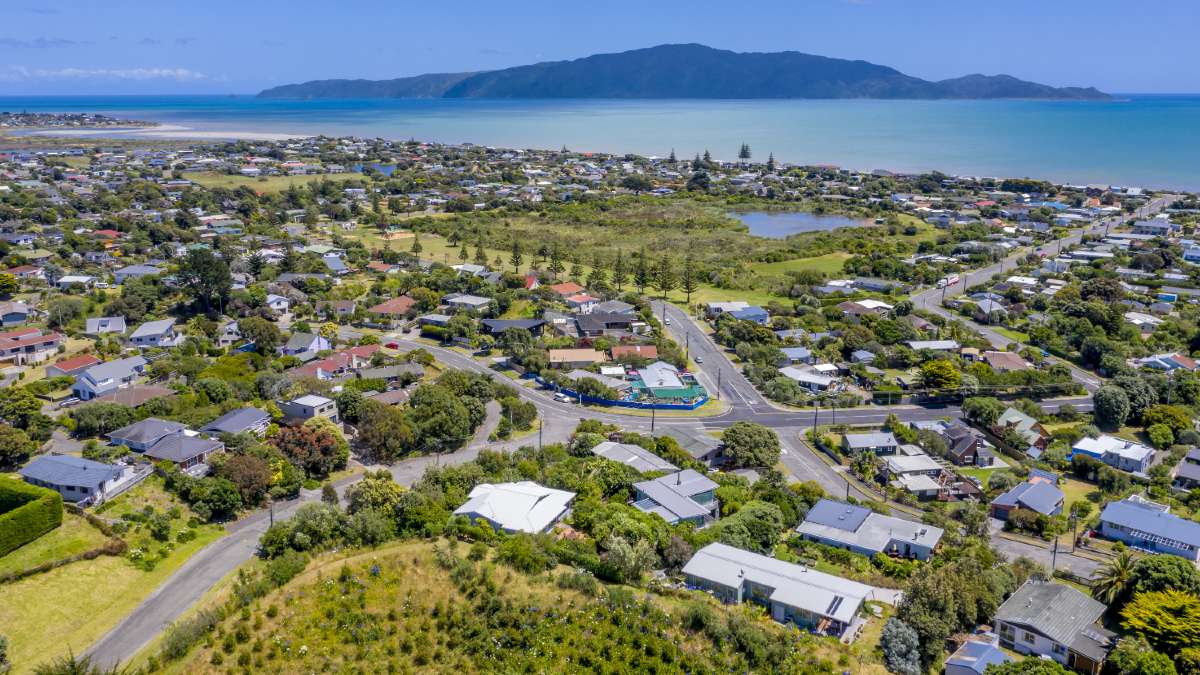The pace of new mortgage lending to owner-occupiers almost doubled to 2% in October following the Reserve Bank cutting the cash rate to a new historic low of 0.75% earlier that month, the latest data shows.
Australian Bureau of Statistics (ABS) data for October shows the 2% rise in October to $18.2 billion was led by owner-occupiers, with lending to that segment of the market increasing by 2.2% to $13.1 billion. Lending to investors was up by a more modest 1.4% to $5.1 billion, in seasonally adjusted terms.
ABS Chief Economist Bruce Hockman said: "New loan commitments for housing showed further strength in October, with the series up by 15.2% on the most recent trough in May 2019."
"Recent growth continues to be driven by new commitments for owner occupier housing, which rose 2.2% in October, the fifth consecutive monthly increase."
For the first time, the October figures also included data about first home buyers who chose to purchase an investment property rather than a place to live in. These figures show investment properties accounted for 5.7% of home loans made to first home buyers.
Meanwhile, the number of owner occupier first home buyer loan commitments increased 1.4% over October in seasonally adjusted terms.
In the minutes from the Reserve Bank's December meeting released on Tuesday, board members noted accelerated borrowing could become a problem if it were to outrun wages growth.
"The upturn in the housing market was a positive development for the economy in the near term, but could become a source of concern if borrowing were to run too quickly ahead of income growth," the minutes read.
While the October figures are certainly up on the 1.1% growth in mortgage lending recorded in September, they remain well below the 3.8% rise seen in August and the 4.3% rise in July.
RBA paves the way for February rate cut
The minutes of the December monetary policy meeting made it clear the Board will reassess the economic outlook when it meets in February, after deciding to leave the cash rate unchanged at 0.75%.
The Reserve Bank said it was prepared to ease monetary policy further to meet its objectives of economic growth, employment and inflation.
"Members agreed that it would be important to reassess the economic outlook in February 2020, when the Bank would prepare updated forecasts. As part of their deliberations, members noted that the Board had the ability to provide further stimulus to the economy, if required," the minutes read.
"Members also agreed that it was reasonable to expect that an extended period of low interest rates would be required in Australia to reach full employment and achieve the inflation target. The Board would continue to monitor developments, including in the labour market, and was prepared to ease monetary policy further if needed to support sustainable growth in the economy, full employment and the achievement of the inflation target over time."
Westpac Chief Economist Bill Evans said the Bank doesn't normally announce its plans to review policy settings and the outlook, which signals there could be a cut in February.
"Whilst it seems reasonable at the end of the year to note that a review will occur at the beginning of the next year, this has not been specifically noted in December minutes in previous years," Mr Evans said.
"Further evidence of the importance of this signal is that the minutes note "economic growth and the unemployment rate remain broadly consistent with the forecasts, but members agreed that it will be concerning if there were a deterioration in the outlook".
"These two observations from the minutes strongly point to the unusual importance of the data flow over the next two months."

Ready, Set, Buy!
Learn everything you need to know about buying property – from choosing the right property and home loan, to the purchasing process, tips to save money and more!
With bonus Q&A sheet and Crossword!



 Denise Raward
Denise Raward
 Harry O'Sullivan
Harry O'Sullivan


 Harrison Astbury
Harrison Astbury

